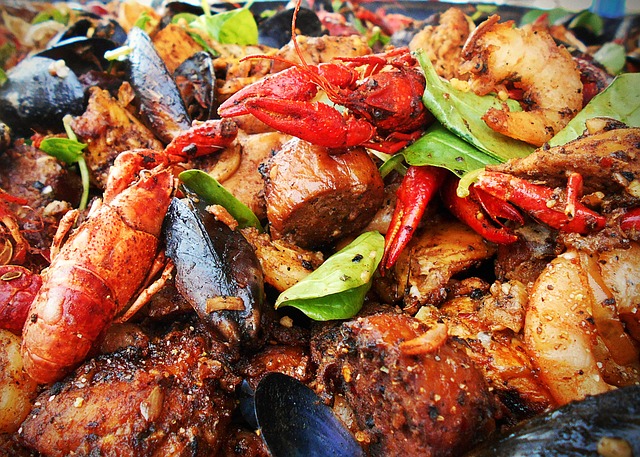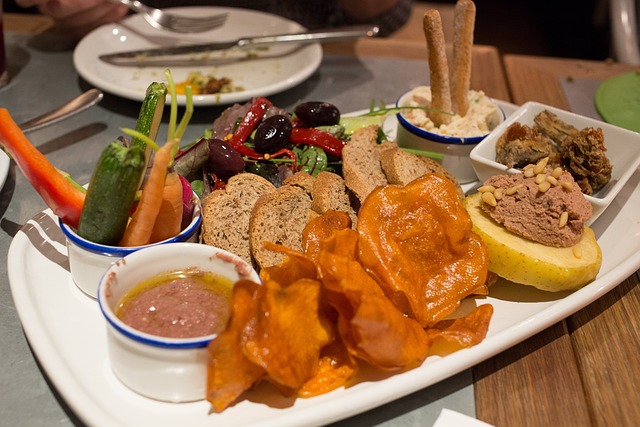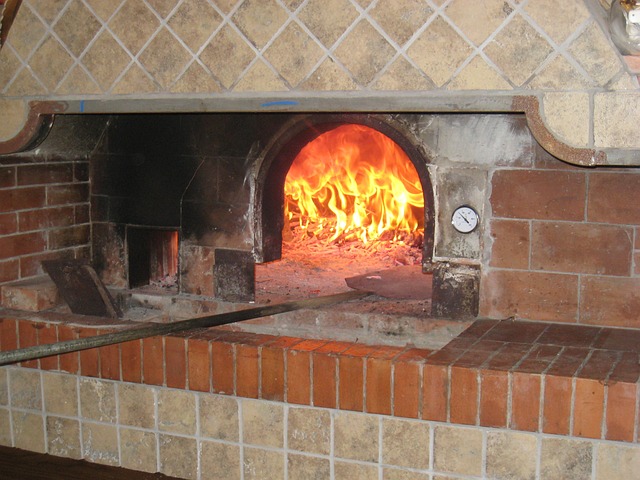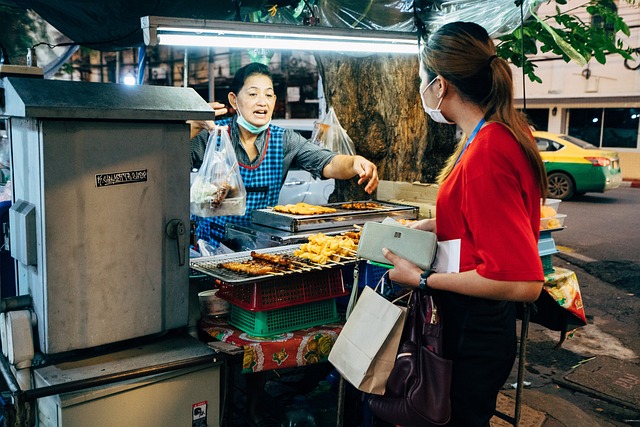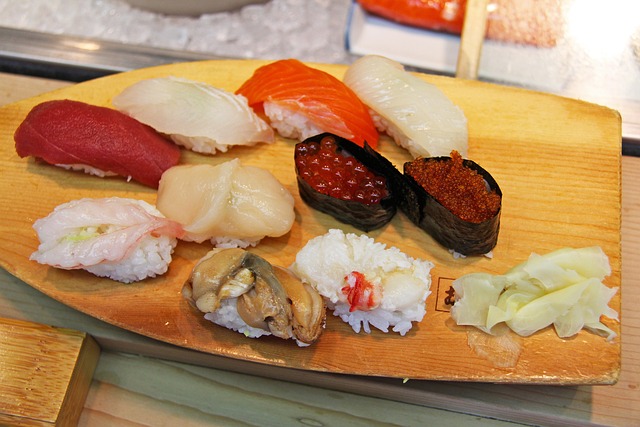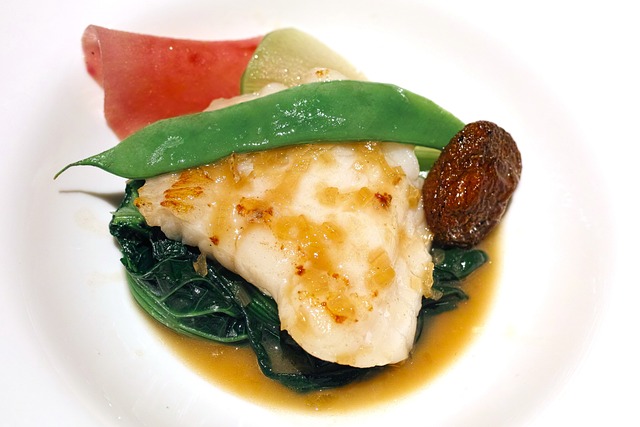Cajun and Creole: A Lip-Smacking Fusion of Louisiana’s Finest
Cajun and Creole cultures are the spice of Louisiana, a flavorful melange that has simmered in the American South’s pot for centuries. These two distinct groups trace their roots back to the rich soils of history, where French, Spanish, African, and Caribbean influences blended together like a well-seasoned dish. Think of Louisiana as the kitchen where cultures cooked up a storm, resulting in a culinary and social extravaganza.
Cajun folks are the hearty country cousins, direct descendants of Acadian exiles who turned the swamps and prairies of Louisiana into a hotbed of rustic charm and fiery food traditions. Creole, on the other half of this taste bud tickling coin, refers to the city dwellers born from a cosmopolitan mixture of ancestries, with recipes as diverse as their lineage. Both Cajun and Creole cuisines are kings of comfort food, with each having developed its own signature dishes—from Creole gumbo to Cajun jambalaya—that are as jubilant as a Mardi Gras parade.
Key Takeaways
- Cajun and Creole are distinctive cultural identities marinated in Louisiana’s history.
- Their gastronomies offer a banquet of flavors reflecting their multicultural foundations.
- Festive traditions and lifestyles between the two celebrate the diversity and richness of their shared heritage.
Historical Hotpot: Origins & Evolution
Once upon a time in the marshy wonderland of Louisiana, a flavorful romance brewed between diverse culinary traditions, giving birth to what is known today as Cajun and Creole cuisine.
Acadia waved goodbye to its French settlers, who were sent packing to Louisiana by the not-so-hospitable British. These exiles, known as Acadians (a wild word-twist of ‘Cajuns’), didn’t just bring nifty hats and a joie de vivre; they carried the seeds of a cuisine that would become as zesty as their history.
But kitchens don’t cook in a vacuum—along came the Spanish adding a pinch of paprika and a slice of settlement. African slaves brought their own kick of West African flavors. The Native Americans, no strangers to the spice of life, tossed in ingredients like filé powder. Let’s not forget the German touch, possibly some sausage know-how, and the culinary contributions of enslaved Africans thrown into this gastronomic melting pot.
- French Influence: Rich sauces, roux, and a penchant for frog legs.
- Spanish Flair: Jambalaya, Louisiana’s twist on paella.
- African Zest: Okra and spices channeling the soul of the motherland.
- Native Recommendations: Sassafras leaves to thicken and flavor stews.
Creole identity? It’s all about a metropolitan mishmash vibe—thanks, New Orleans—a blend of urban European class with a sprinkle of African, Spanish, and Native American pep.
Now, the Cajuns. Robust, hearty eaters reveling in the countryside’s bounty, romanticizing the rustic French heritage with a good ol’ alligator gumbo made with just a hint of chitimacha lore.
Characters like Shane K. Bernard might echo through the halls of history, chronicling the saga of Acadiana‘s food scene—a tale peppered with resilience, community, and a penchant for seasoning anything that walks, swims, or grows in a bayou.
Cajuns and Creoles might throw friendly culinary jabs, each claiming their gumbo is the gumbo. But let’s be real; they’re both right—it’s all delicious!
While neither has a secret ingredient for immortality—except maybe happiness—they sure make a mean pot that captures the essence of a New World infused with an old soul.
The Main Dish: Cajun & Creole Gastronomy
Embarking on a culinary journey to Louisiana, one plunges into a spicy world where the Creole and Cajun flavors dance in a deliciously harmonious rhythm. The state’s history is simmered into its food, creating a gastronomic experience that is as rich and complex as its cultural tapestry.
Spicing It Up: Seasonings & Cooking Techniques
Cajun and Creole cuisines are renowned for their robust seasoning, often hitting the perfect blend of heat and flavor. A cornerstone of both cooking styles is the “holy trinity” blend of chopped onion, celery, and bell pepper. While the two cuisines share some similarities in spices and seasonings such as garlic, sassafras (used in filé powder), and cayenne, their techniques can diverge. Cajun food usually starts with a roux made from oil and flour, which imparts a rich, earthy base to dishes like gumbo and jambalaya.
Creole cooking, often considered the more cosmopolitan cousin, incorporates tomatoes and a lighter roux, adhering to the belief that butter—in the tradition of French haute cuisine—is a divine right. This creates the foundation for a variety of succulent sauces and soups that are both hearty and elegant.
- Cajun cooking props:
- Oil
- Flour
- Darker roux
- Creole cooking pros:
- Butter
- Tomatoes
- Lighter roux
Mouth-Watering Must-Tries
Louisiana’s tables boast a myriad of dishes that are sure to make taste buds tingle and hearts warmer. Imagine diving fork-first into a steamy pot of Cajun gumbo, teaming with andouille sausage, chicken, and sometimes game like alligator, thickened with okra or filé. Pair this with a scoop of fluffy white rice, and one’s culinary adventure has just begun.
Jambalaya stands out as a testament to the mix-and-match personality of Cajun country, featuring a medley of seafood, smoked sausage, and vegetables – all happily mingling with rice in one pot. On the Creole food front, a traditional Creole gumbo might play it fancy with shellfish and a dash of elegance via tomato-infused broth.
- Cajun staples to salivate over:
- Gumbo
- Boudin
- Andouille
- Creole classics that compel second helpings:
- Shrimp Creole
- Crawfish étouffée
- Beignets for a sweet treat
With every bite, one can’t help but feel grateful for Louisiana’s “melting pot” moniker – the state sure knows how to throw a flavor party on a plate!
Cultural Gumbo: Traditions & Lifestyle
Louisiana is a bubbling pot of cultural gumbo, where traditions and lifestyles are as vivid and mixed as a hearty bowl of the state’s signature dish. In the Acadiana region, Cajun Country spins a tale of resilience and flavor, inherited from the banished Acadians of Canada. They’re known for spicing up life with Cajun food that can knock your socks off – don’t say they didn’t warn you!
Heads turn when someone mentions New Orleans, a city that throws a party and calls it Mardi Gras – because why not? There’s a parade for nearly every occasion, and the locals have a penchant for turning everyday life into a spontaneous shindig. It’s all about the joie de vivre, or the “joy of living,” if one’s French is as rusty as a Bayou boat.
Speaking of the bayous, these are not just water bodies but the veins that course through the history and storybook landscapes of Louisiana. Here, traditions like fishing in the maze of waterways and telling tales as thick as gumbo roux thrive.
For a dash of sophistication, there’s Creole food; think of it as Cajun cuisine’s city cousin from Paris – a little more refined, but still knows how to have a good time. The Creole identity and lifestyle reflect a mélange of French, Spanish, and African heritage, much like a well-stirred pot of cultural goodness.
One can’t ignore the importance of sassafras leaves and shrimp in this food symphony – it adds that kick! And the use of parishes instead of counties? That’s just Louisiana’s way of being unique, much like their custom of calling the oldest city Natchitoches and expecting folks to pronounce it correctly.
This is a place where traditions aren’t just passed down – they’re served up, with a side of storytelling and a warm smile, just like Grandma’s cooking.

